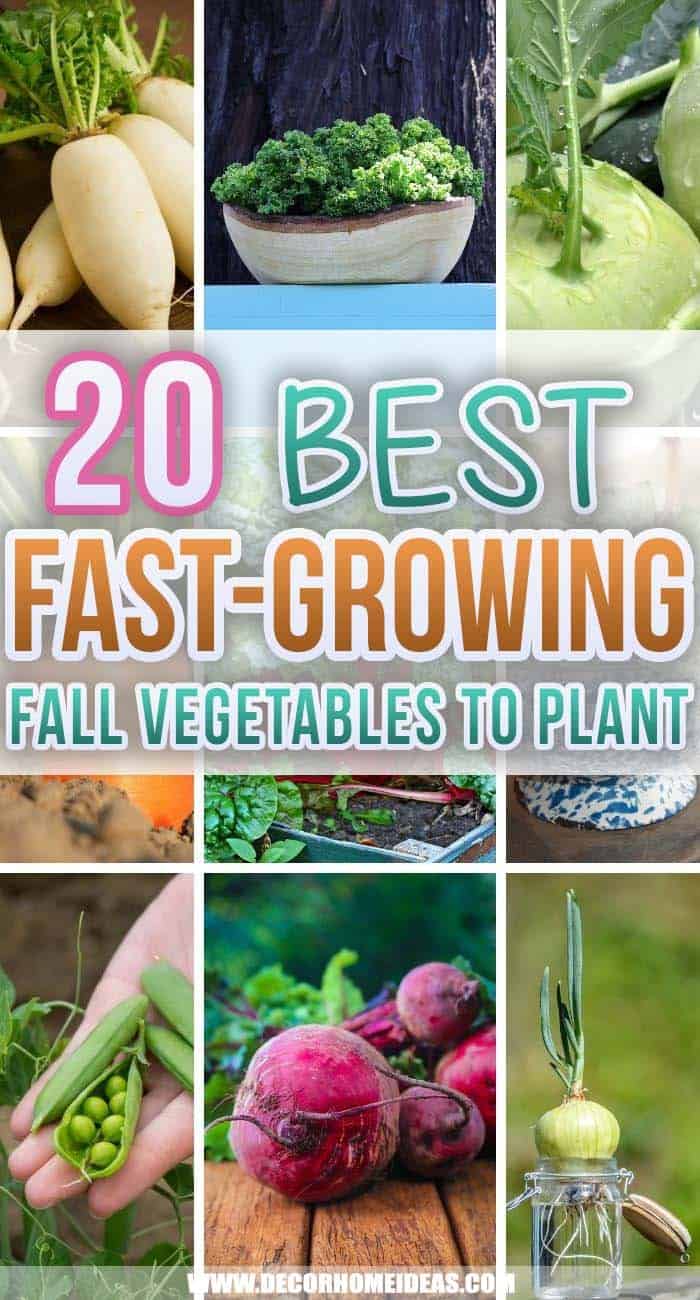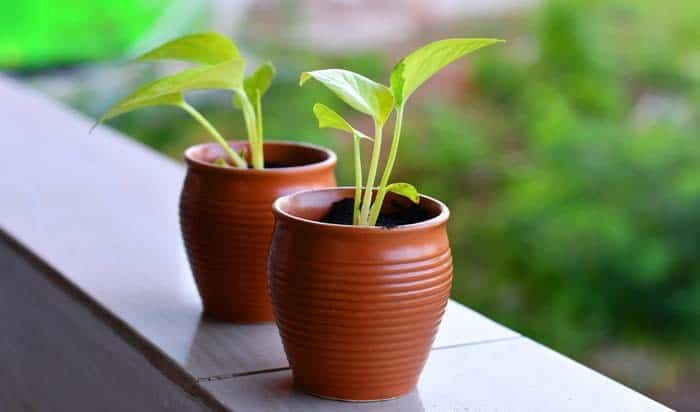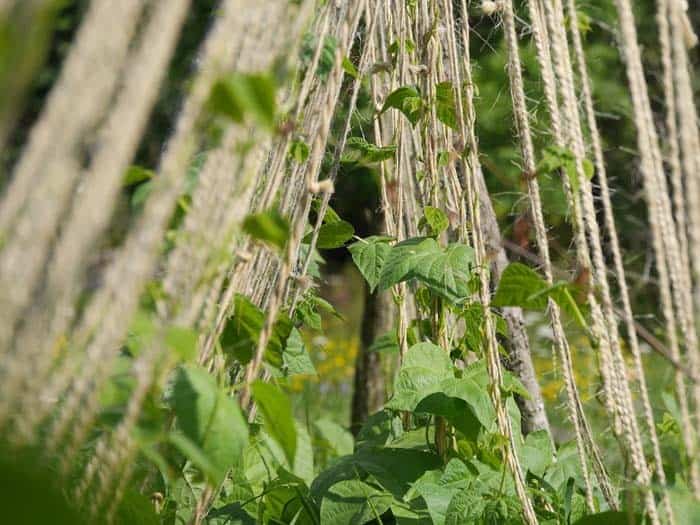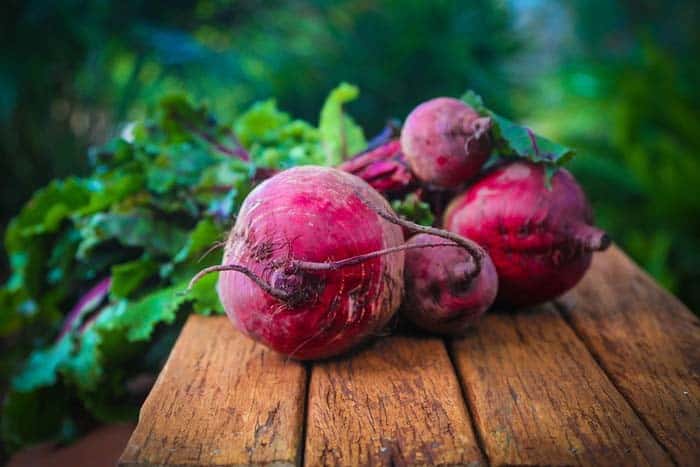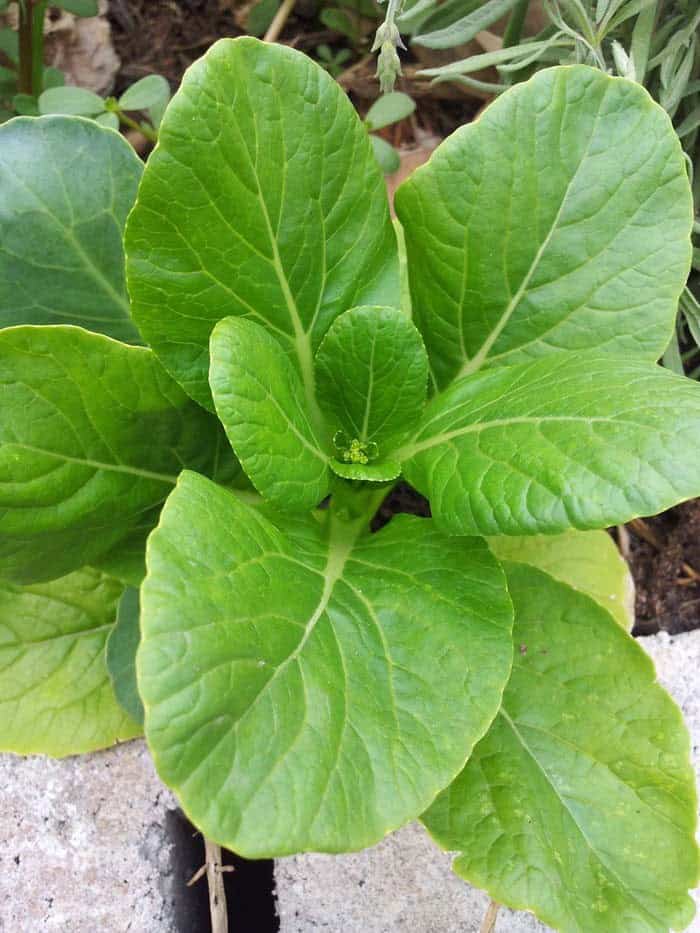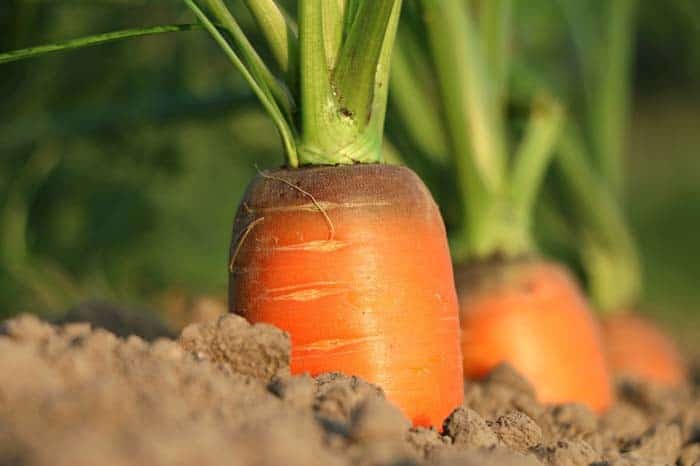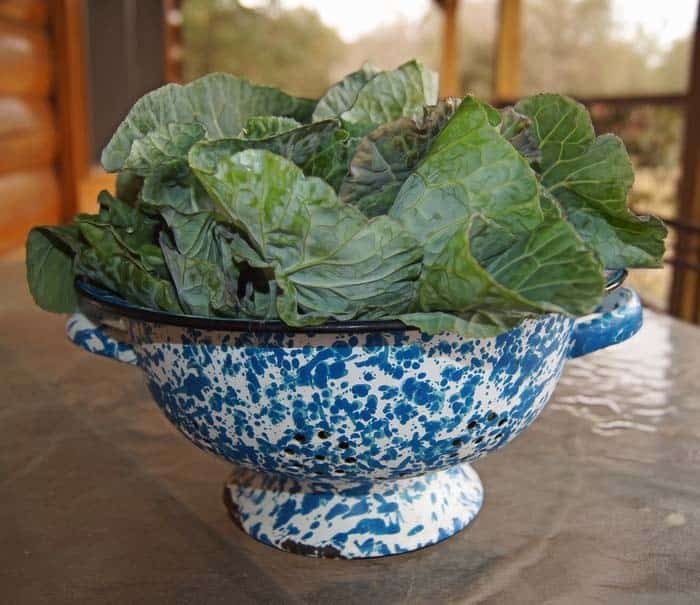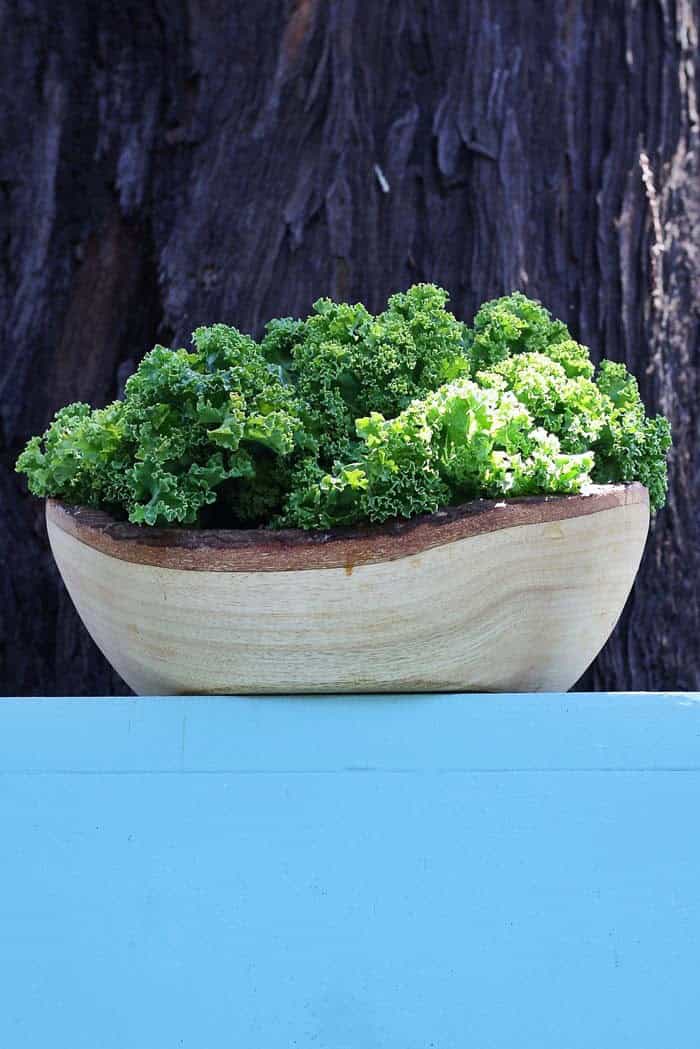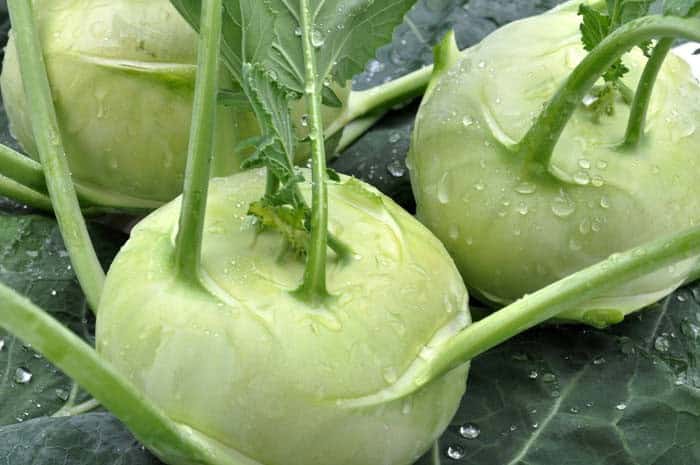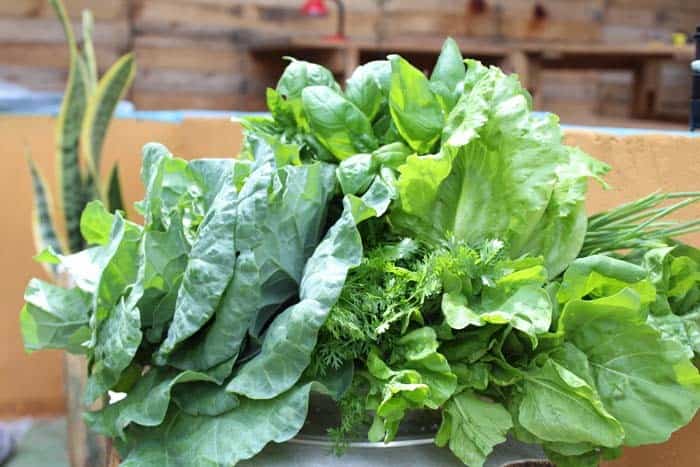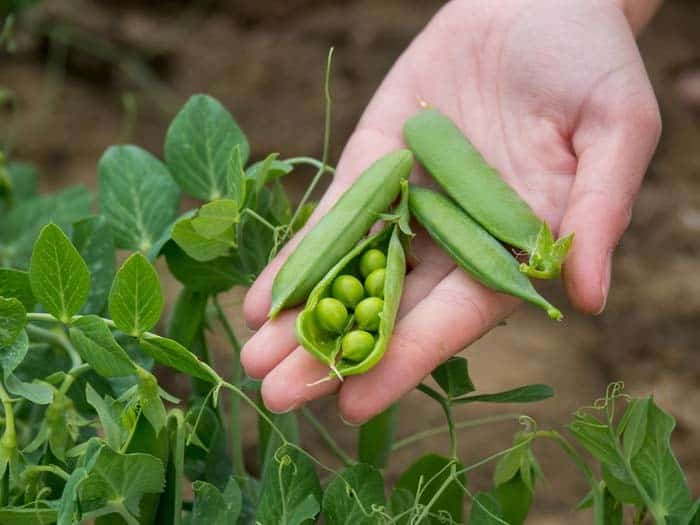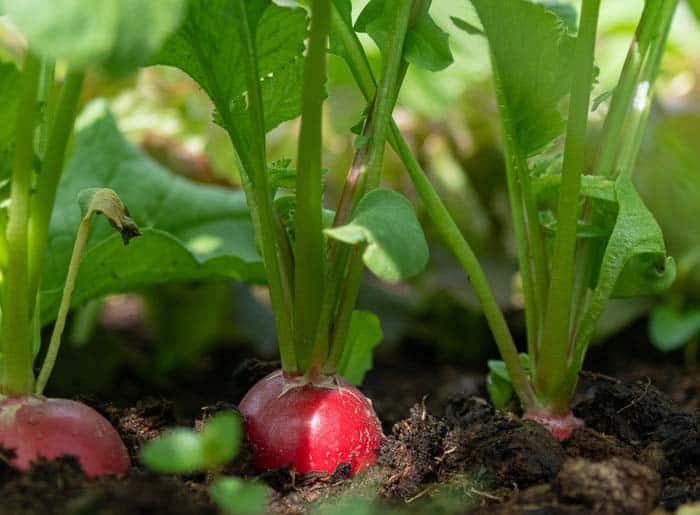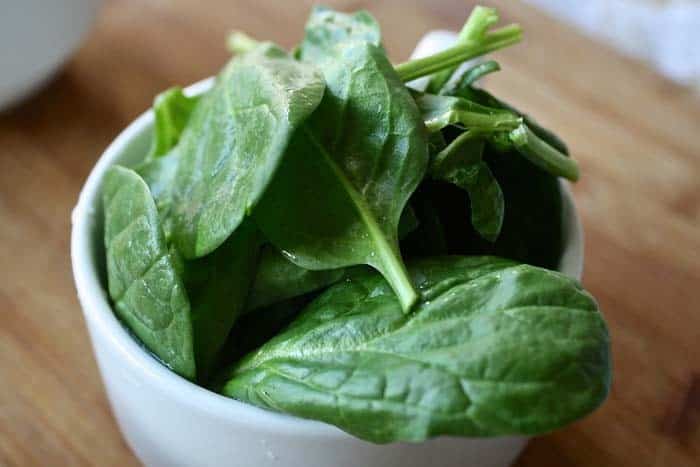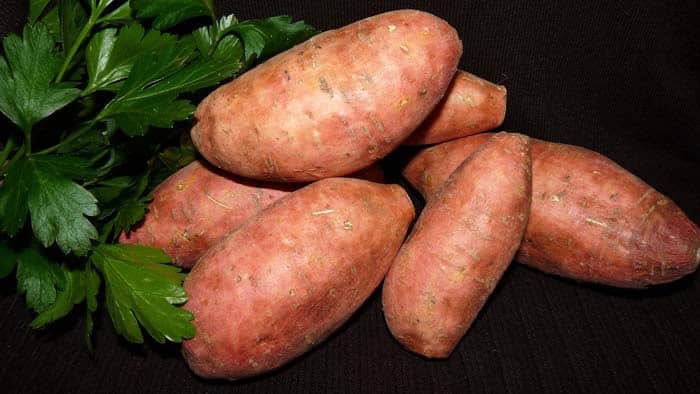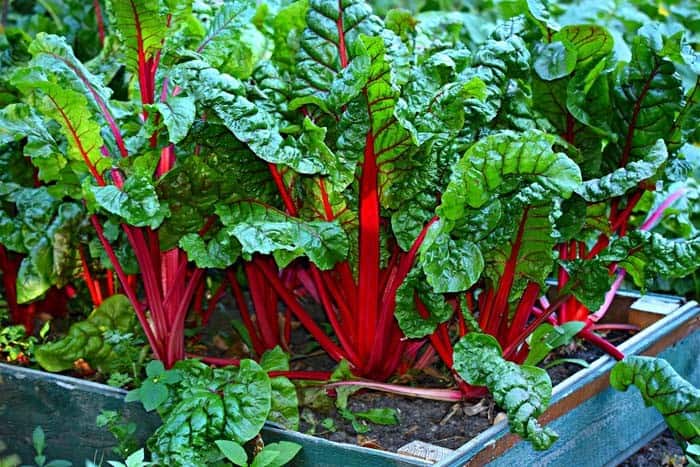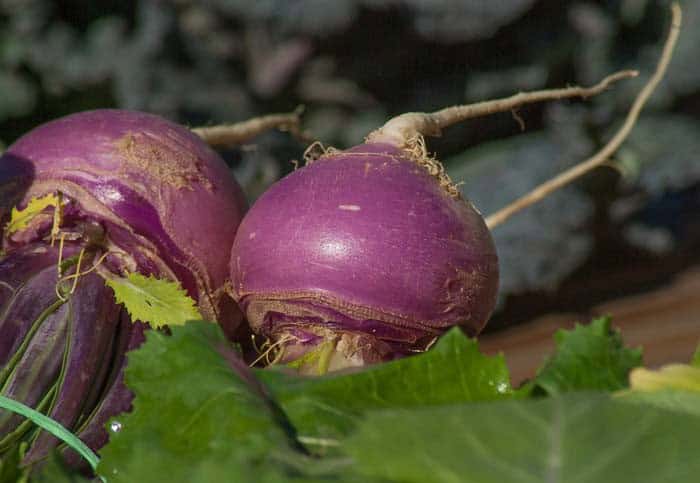There’s an undeniable charm to autumnal produce – every harvest feels like a sweet surprise after a long summer picking season is over. The flexibility of container gardens allows you to adapt your planting schedule as the days grow cooler, simply relocating the pots to sun-drenched spots in your yard. For those who are new to fall gardening, some fast-growing vegetables thrive in the shorter autumn season, providing a great starting point.
Arugula
Elevate your fall salads by filling containers with arugula, a slightly spicy green that thrives in the cooler temperatures at the end of summer. Not only do these greens add a burst of flavor, but they’re also low-maintenance and ready to harvest in about 35-40 days. Even if you live in an area without sudden heatwaves, you won’t need to worry about arugula bolting. Its natural growth cycle makes it a perfect addition to your fall salad rotation.
Beans
While summer may bring an end to some types of fresh beans, there are others that continue to thrive during this time. One example is the broad bean, also known as fava beans. These versatile plants not only provide a bounty of edible beans, but also offer nutritious leaves and colorful flowers. When planted as a cover crop, they can even help prevent soil erosion over winter.
What’s more, broad beans are remarkably resilient to frost, withstanding temperatures that would be deadly to many other types of vegetation. This hardiness makes them an ideal choice for gardeners looking to extend the fresh bean season into autumn.
Beetroot
Beetroot, a staple of fall harvests, offers a double whammy of culinary delights. The nutritious greens emerge about a month after planting, perfect for sautéing or adding to soups. What’s more, these tender shoots regrow after harvesting, providing a perpetual supply. Later, as the seasons progress, dig up the beets themselves, ready to be pickled and savored throughout the winter or incorporated into autumnal soups and sandwiches.
Bok Choi
As the fall season approaches, consider shaking up your greens game by planting bok choy towards the end of summer. This versatile crop will reward you with a bounty of tender baby leaves within a month of sowing, followed by a prolonged harvest period of 4-6 weeks. The best part? Its delectable stalks and nutrient-rich leaves are perfect for enlivening stir-fries, salads, and Asian-inspired dishes alike.
Carrot
Carrots are typically cultivated during the summer season, as they require a certain amount of time to reach their optimal size. However, for those who adore the sweet and subtle taste of baby carrots, it’s also possible to grow them in containers during the fall. The process takes around 45-50 days, after which you can enjoy your homegrown carrots roasted, raw, frozen, or preserved.
Collard Greens
If kale is your go-to superfood, but you’re not a fan of its robust flavor, collard greens are an excellent substitute. These nutritious greens boast a milder taste profile, reminiscent of buttery undertones, making them an ideal addition to casseroles, stir-fries, and side dishes. Plus, their dense, leafy texture is perfect for snacking or adding crunch to your favorite recipes.
When it comes to growing these nutritional powerhouses, simply plant seeds towards the end of summer in a large planter that can accommodate their thick foliage.
Daikon
For those who adore radishes, Daikon is an excellent autumnal substitute. This Asian-rooted radish variety has gained popularity for its versatility and unique flavor profile. When consumed raw, Daikon treats the palate to a sweet and satisfying crunch, making it an ideal addition to fresh salads. As a cooked ingredient, Daikon brings a subtle sweetness that perfectly complements bold, salty flavors.
While cultivating this root vegetable requires patience – allowing 1-2 months for maturation – the end result is well worth the wait.
Green Onions
The allure of green onions lies in their pungent flavor and versatility. Whether sprinkled on soups or baked into casseroles, they add a burst of brightness and spice to any dish. As a fall vegetable option, green onions are an excellent choice for the season. They’re easy to maintain, requiring minimal care as they grow. Simply wait until the stalks reach 6-12 inches in height, then start harvesting.
To encourage continuous growth, be sure to leave at least 2 inches of stem above soil level, ensuring a second harvest is just around the corner.
Kale
Kale is an exceptional crop for autumn and beyond, offering a wealth of nutrients in its leaves. Incorporate it into salads or add generous handfuls to hearty soups for a nutritious meal that’s sure to please. As one of the most prolific fall vegetables, kale has the remarkable ability to regrow multiple times throughout the season, making it an ideal choice for gardeners looking to maximize their harvest.
Additionally, kale’s cold-hardiness allows it to persist well into early winter, providing a welcome burst of fresh flavor even in the chilliest of months. Plan to allow approximately 30 days before your first harvest, and be prepared to enjoy this versatile superfood all season long.
Kohlrabi
The enigmatic kohlrabi vegetable presents itself as a small orange-sized bulb, but beneath its outer layer lies a surprising revelation – a light-yellow interior with a flavor profile reminiscent of daikon, albeit with an added kick. This unique taste experience is further enhanced by the crunchy texture that makes it an ideal addition to salads.
Furthermore, kohlrabi’s versatility allows for a variety of cooking methods, including steaming, roasting, sautéing, or stir-frying, making it a valuable ingredient in any culinary repertoire.
Lettuce
While many people associate salads with warm weather, there’s no need to bid farewell to fresh greens when summer comes to an end. In fact, you can enjoy homegrown lettuce year-round by planting a few containers in late summer or early fall. To get started, select a mix of lettuce varieties such as butter lettuce, iceberg lettuce, and romaine lettuce. Most types take around a month to mature, so plan to plant near the end of July or September, depending on your local climate.
Mustard Greens
While exploring the world of fall vegetables, it’s hard not to notice a recurring theme: greens are truly in their element during this season. Mustard greens, in particular, offer a unique flavor profile that can elevate a variety of dishes. The peppery taste they bring is a perfect way to add complexity and depth to soups, while sautéing them with garlic creates a savory side dish. As for cultivation, mustard greens require approximately 3-6 weeks of growth before they’re ready to be harvested.
Peas
While peas are often associated with springtime, they can thrive in the fall season as well. In fact, planting them approximately 60 days prior to the first frost allows them to take advantage of the cooler temperatures and produce a bountiful harvest of sweet pea pods over several months.
Radish
If you’re a fan of radish’s bold flavor in salads or sandwiches, fall is an ideal season for planting. Radishes are known for their rapid growth rate, with a large crop ready to harvest in just four weeks. To promote healthy growth, it’s essential to thin out the foliage in your container after planting, allowing the remaining plants to focus their energy on producing a bountiful harvest.
Spinach
Fall is the perfect season to showcase the versatility of spinach, a leafy green packed with nutrients and a mild flavor that lends itself to a multitude of culinary creations. Whether you’re looking to add some green to your smoothies, soups, or salads, or seeking to boost the nutritional profile of pasta dishes, casseroles, or meatballs, spinach is an ideal choice for fall cooking.
Sweet Potatoes
Sweet potatoes are a staple of fall cuisine, boasting a natural sweetness and robust texture that makes them perfect for hearty autumnal dishes. Whether you choose to roast them with olive oil or transform them into a rich pasta sauce or warm soup, these orange tubers bring a wealth of nutritional benefits to the table. For optimal growth, sweet potato enthusiasts recommend planting slips directly into the soil.
But if you’re willing to put in a bit more effort, you can coax your sweet potatoes to produce their own slips by burying one halfway into a container and waiting patiently for 4-6 weeks.
Swiss Chard
Swiss chard is a versatile fall crop that thrives in container gardens, but requires some patience as it takes around two months to reach its full potential. For an autumn harvest, sow seeds in early or mid-summer, and with proper care, you’ll be reaping the benefits by the end of September.
One of the plant’s greatest strengths is its adaptability to varying weather conditions – whether scorching hot or cool and cloudy, Swiss chard proves resilient, making it an ideal choice for gardeners in diverse climates. When harvesting, leave about an inch of each leaf intact, allowing the plant to rapidly regrow and providing a continuous supply of fresh greens.
Turnip
Turnips are a culinary treasure that continues to yield delicious rewards. Just four weeks after planting, you can start savoring the tasty turnip greens. As they rapidly regrow, you’ll have numerous opportunities to create new recipes. A little further down the line, the turnips themselves will be ready for harvest – don’t forget to save those nutritious greens!
Turnips can seamlessly replace squash or potatoes in a variety of dishes, such as soups, stews, meat pies, frittatas, and roasted delights. Alternatively, enjoy them raw in salads or paired with flavorful veggie dips.
